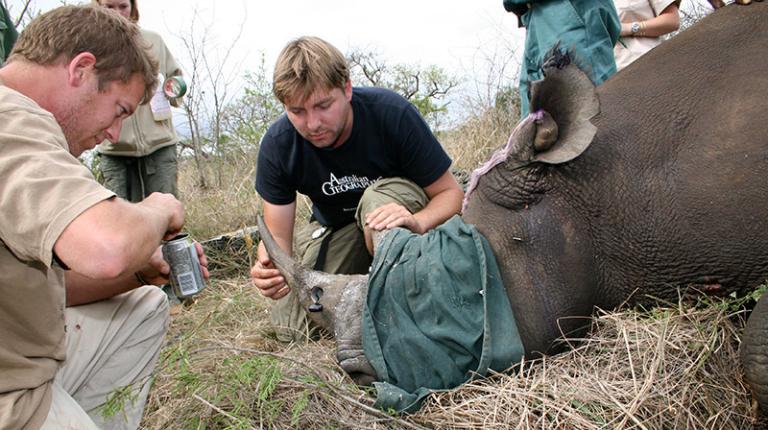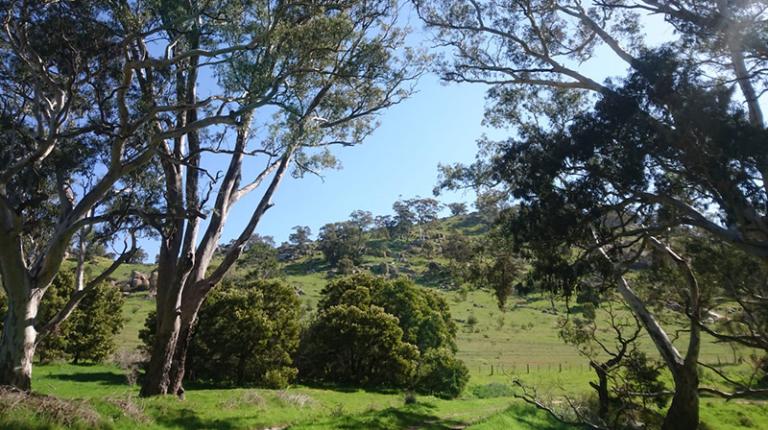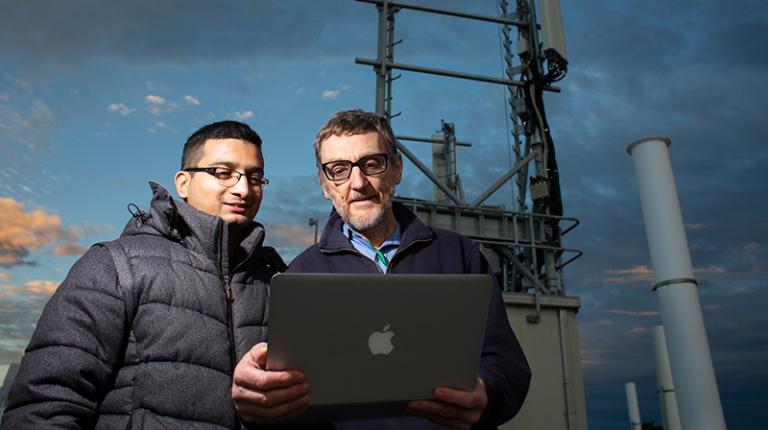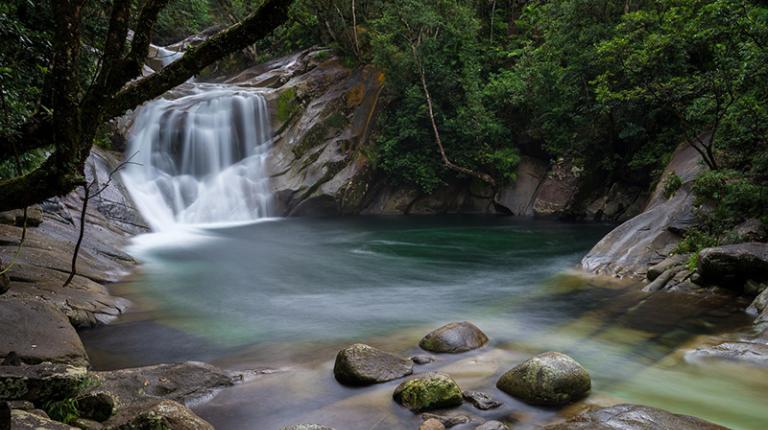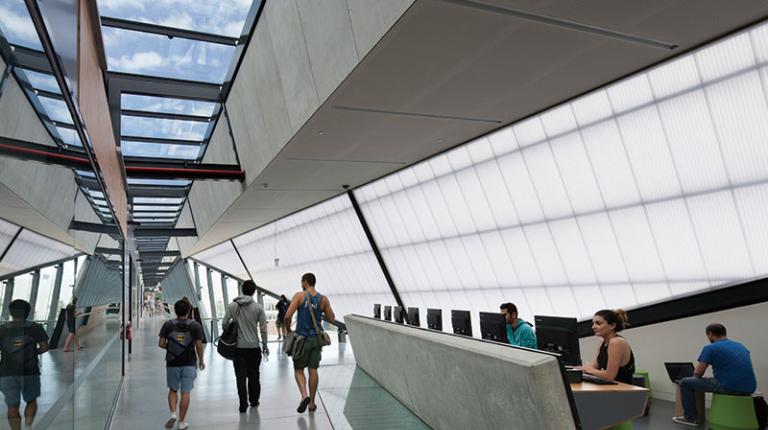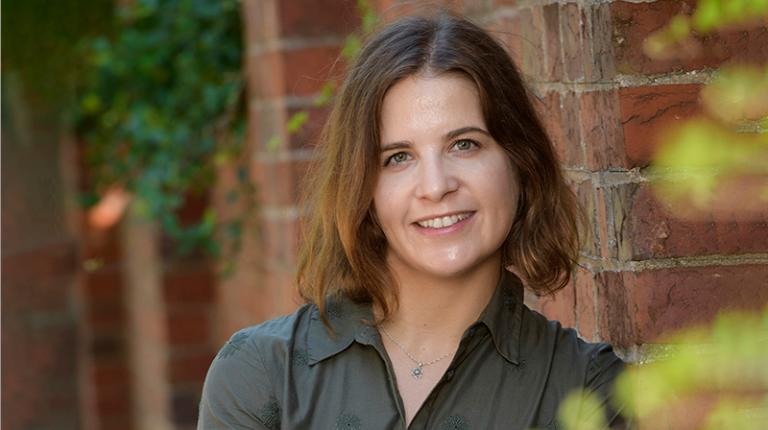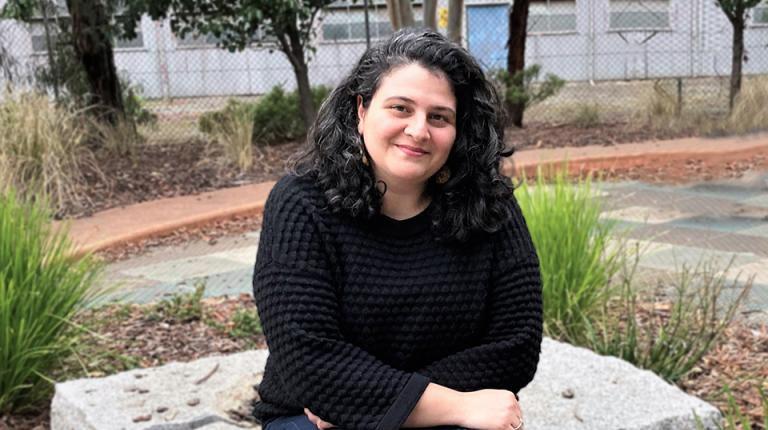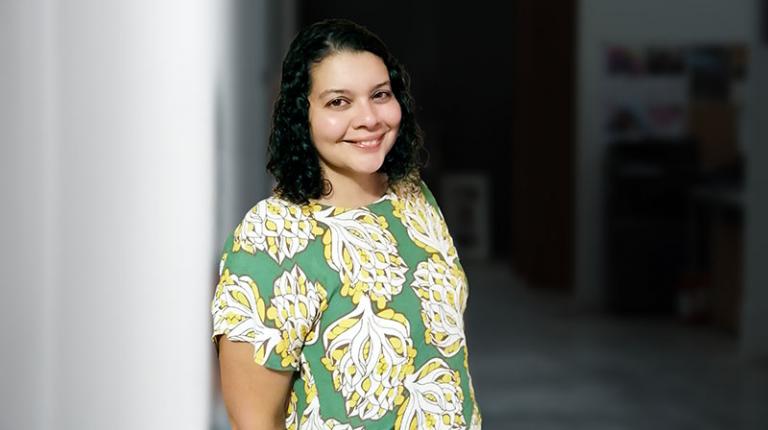Weeds cause massive losses in crop production and threaten native species and forest ecosystems worldwide despite only comprising ~0.1% of the planet's flora. Australia is one of the top 10 wheat-producing countries in the world. A number of herbicide-resistant weeds, including Lolium rigidum (ryegrass) have emerged that threaten agricultural productivity. Ryegrass results in an estimated loss in wheat yields costing about AU$100–250/ha. The use of synthetic herbicides is a possible threat to the plant community structure, has environmental impacts and has potential health hazards. In addition, evidence suggest that herbicides may also reduce the nutritional value of crops. This study by ISILC researchers, Randall Robinson, M.A.Y.A. Harun, Joshua Johnson and M.N. Uddin looked at the potential for weed control using allelopathic plants to minimise many of negative consequences of the use of synthetic herbicides. Findings suggests that use of 10% boneseed leaf extract mixed with ¼ strength post-emergent herbicides may be more effective in controlling ryegrass, than the herbicide alone, without adverse impacts on wheat. The use of lower dose herbicides has a concomitant reduction in expense and ecological health risks linked with the practice of synthetic herbicides.
Urban greenery is an essential characteristic of the urban ecosystem, which offers various advantages, such as improved air quality, human health facilities, storm-water run-off control, carbon reduction, and an increase in property values. This project by Asim Khan, Warda Asim, Anwaar Ulhaq and Randall Robinson, working with Bilal Ghazi from the Shaheed Zulfikar Ali Bhutto Institute of Science and Technology in Pakistan, developed an automated process for monitoring the health of the Eucalyptus trees to facilitate urban green management and tree planting and maintenance improvements for Councils. The research team used a deep-learning-based network, Siamese convolutional neural network (SCNN), combined with a modified brute-force-based line-of-bearing (LOB) algorithm to evaluate the health of Eucalyptus trees as healthy or unhealthy and identify their geolocation in real time from Google Street View (GSV) and ground truth images. The dataset represented Eucalyptus trees’ various details from multiple viewpoints, scales and different shapes to texture. After training on around 4500 images and testing on 500 images, the deep-learning algorithm successfully identified healthy and unhealthy Eucalyptus trees with an average accuracy of 93.2%.
ISILC researchers Md. N. Uddin and Randall Robinson teamed up with Japanese researchers to test the ‘enemy release hypothesis’ to determine the effects of native versus non-native soil microbes on plant growth. This study tested whether Lonicera japonica, as an introduced species in Australia would have better growth by escaping natural enemies in soils in its native range of Japan, and thus there was increased likelihood of invasion success. Using Australian and Japanese soils, survival rates and plant growth were measured. The results showed that the growth of L. japonica was influenced by soil microbial communities with better growth in its non-native soils. The findings are consistent with the ‘enemy release hypothesis’ and clearly indicate that plant–soil microbes’ interactions of L. japonica can play an important role in facilitating the survival and growth of L. japonica in its introduced range.
With the effects of global climate change on water availability and water quality, desalination becomes an increasingly popular option to supply high quality water and ensure the water security; however, the most widely used systems have many limitations, resulting in the negative environmental impacts. The produced desalinated water has increased approximately 300% from 2000 to 2019, and it is expected that this rapid growth will continue in the future. The Water and Waste Water Treatment researchers have been examining algae-based approach for desalination as a more energy passive and environmentally friendly alternative to conventional systems. In a study by Stephen Gray and Li Gao from VU, in conjunction with Monash, RMIT and Northwest A&F University in China, researchers problem-solve different implementation strategies for algae-based desalination systems. It is suggested that utilisation of algae for brackish water treatment could be a more viable option compared to the seawater desalination. A second study by Li Gao, Jianhua Zhang from ISILC and Gang Liu from Tianjin University, China was to investigate the environmental impacts of an algae-based desalination system. A life-cycle assessment was undertaken to assess the environmental friendliness of four approaches. Findings indicate that multi-stage microalgae-based desalination system with algal biomass reuse overall had the lowest, and a conventional Seawater Reverse Osmosis system the highest, environmental impacts, respectively. The low-impact, multi-stage microalgae-based desalination system has lower energy consumption and lower operational and maintenance requirements. Furthermore, it considers the algal biomass reuse to generate electricity through anaerobic digestion, which could offset the environmental impacts. It has approximately 50–60% of the total environmental impact of the conventional system and 70-80% of a membrane-based (reverse osmosis) system.
UNESCO declared an ancient rice terraces system with diverse sustainability values and practices in the Bali Island, called the subak system, to be a World Heritage in 2012. Gusti Agung Paramitha Eka Putri from VU joined Balinese researchers to examines the views of educated Balinese communities toward the subak ecological system. Surveys of the views 912 educated particpants indicates that their views of subak were neutral, neither displaying a strong human, nor a strong environmental orientation. Survey answers indicated a conflict in perspectives between prioritising the preservation or alternatively, the utilisation of the subak system. Findings indicate that the global education programs of UNESCO in preserving the world landscape heritage need to be better incorporated into a local cultural context.



